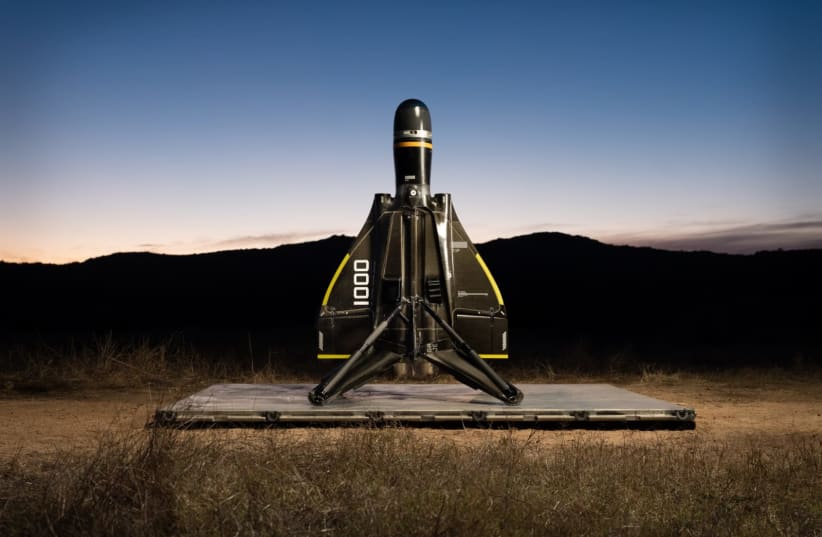The defense contractor Anduril Inudstries’s Roadrunner-M doesn’t resemble any air defense system you've seen before. It waits for its target inside a box the size of a large refrigerator. The box opens when it receives the launch command, its pair of jet engines ignite, and it takes off vertically toward its target.
If it misses and there are no other targets, it can return to the box, maneuver to a vertical position, and, like Elon Musk's SpaceX Falcon 9 missile, deploy landing legs and glide slowly to the ground, ready for reuse.
"It’s somewhere between a reusable missile and a full-scale autonomous aircraft with the ability to pre-deploy a large number of interceptors in the field. Buy yourself time, and then only use the necessary ammunition to defeat the entire threat while returning everything else," explained Palmer Luckey, CEO and founder of Anduril, when he unveiled the system last December.
This came after two years of development, after the world had seen thousands of Iranian-armed UAVs launched from Russia to Ukraine, and hundreds more since October 7, launched from Lebanon, Iran, Yemen, Syria, and Gaza towards Israel. The Iranian Shahed UAV is one of the tools the American "Roadrunner M" is designed to intercept, even when attacking in swarms.
Just two months ago, Anduril stunned the American defense industry when it, along with General Atomics, advanced to the next phase of the Pentagon's new jet-powered combat UAV tender.
Anduril was founded in California only seven years ago by Palmer Luckey (32) after he was fired from Facebook.
In 2016, he sold the virtual reality headset maker Oculus for $2.3 billion. A year later, Mark Zuckerberg fired him for his support of Donald Trump in the presidential elections.
In the past year, Anduril also entered the air defense field, securing a first contract worth $12.5 million for the Roadrunner with the US Army Special Operations Command.
According to Luckey, each interceptor will cost a few hundred thousand dollars, a low amount for anti-aircraft missiles.
Thanks to its maneuverability and despite its speed of only 800-900 km/h, it will be able to handle attacking fighter jets.
Since it is not a classic missile, it can also loiter in the air, waiting for a target as it is guided by existing radar systems and identifying its targets using its optical sensors.
According to data from the Defense Ministry released this week, 36% of Israeli defense exports in 2023, which reached an all-time high of $13.1 billion, were air defense systems, amid growing global interest in the field.
Despite the proven capabilities of Israeli industries, the Defense Ministry and the IDF, which have neglected the UAV threat in recent years, are now seeking to improve UAV detection and interception capabilities, if only to prevent the embarrassing videos shot by Hezbollah UAVs unimpeded over Israeli skies.
Roadrunner vs. Coyote
Like in Looney Tunes cartoons, the 'enemy' of the Roadrunner in this field is the Coyote. The Coyote is a UAV interception system from Raytheon, the manufacturer Patriot.
The Coyote includes several different interceptors that are a kind of UAV themselves, either electric or jet-powered. The US Army plans to order 6,000 of these by 2029 at about $100,000 per interceptor.
Israeli defense industries have proposed and are already producing UAV interception systems using electronic jamming, which is less effective against autonomous UAVs that do not require operator control.
Several small companies, including Xtend and Skylock, have presented simpler and cheaper drone interception systems, but these are effective against smaller aircraft.
During the war, the Ministry of Defense knew how to urgently import tactical combat vehicles from the US to solve the IDF's shortages. Perhaps we will see the Roadrunner and the Coyote chasing Hezbollah UAVs here.

